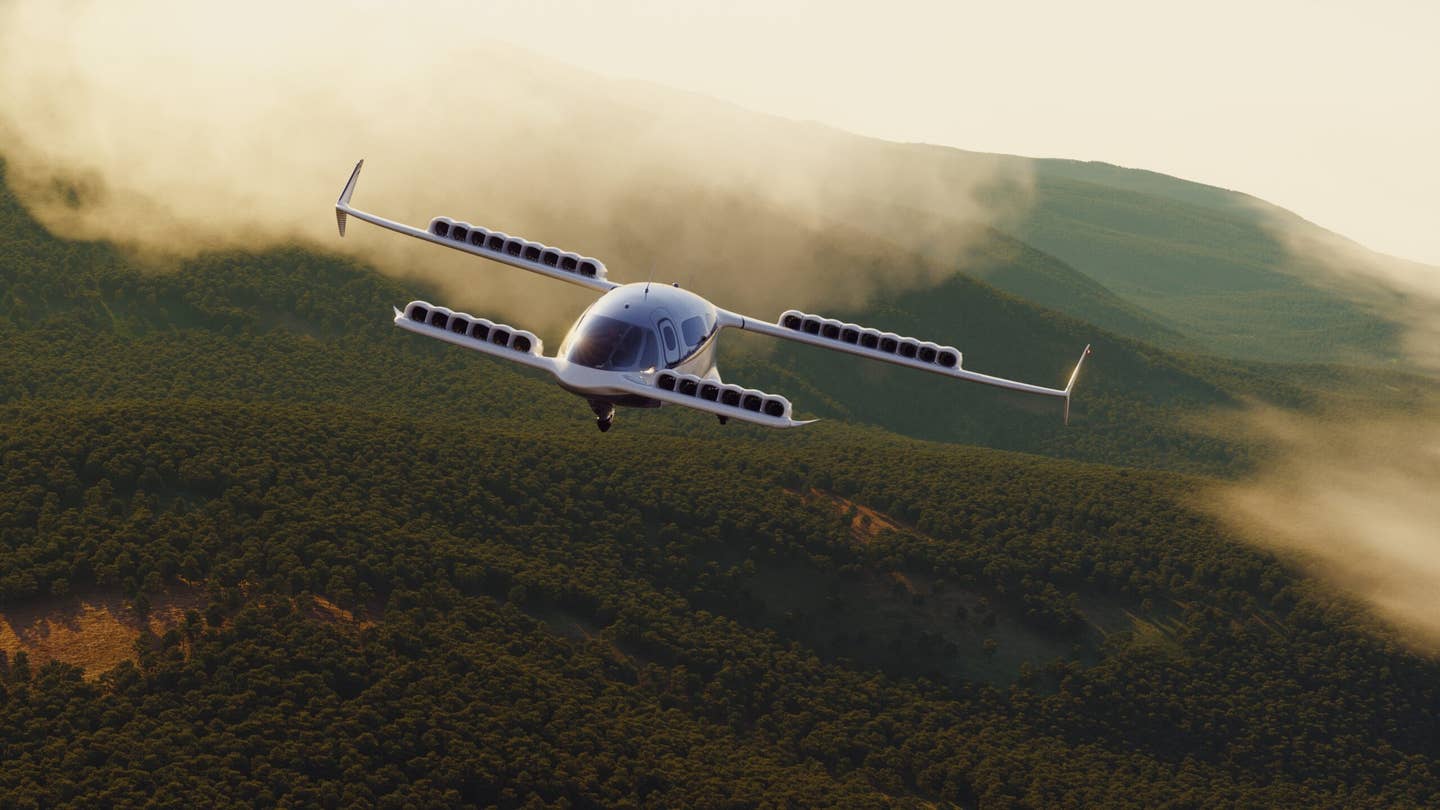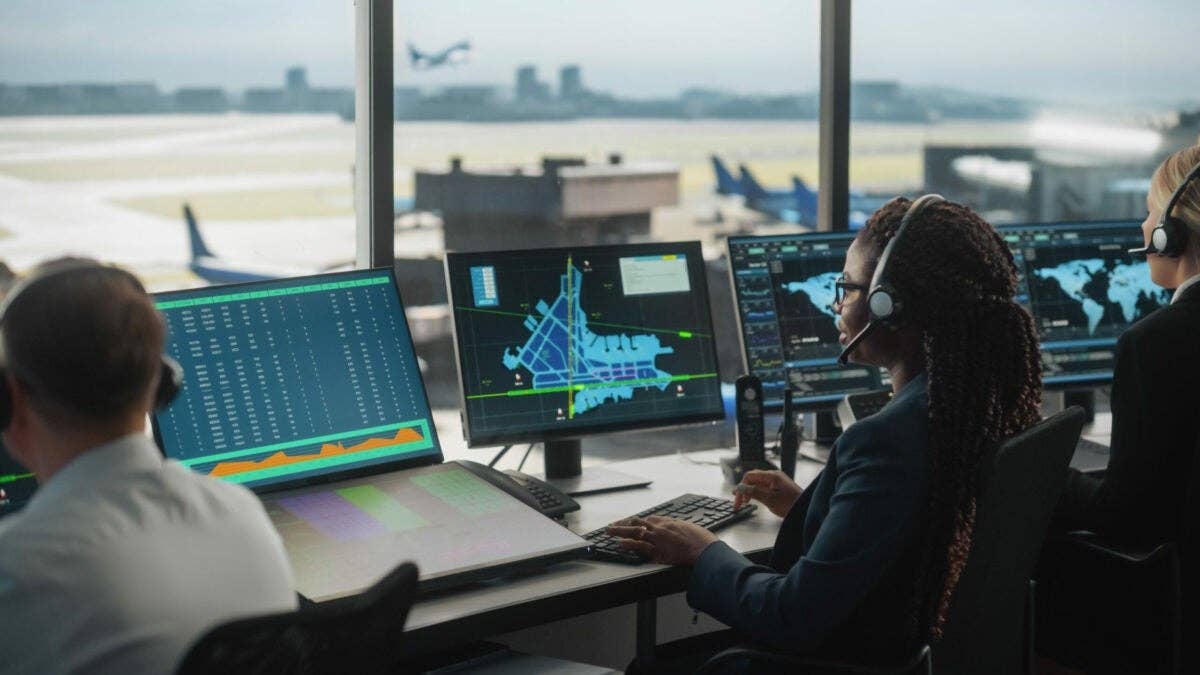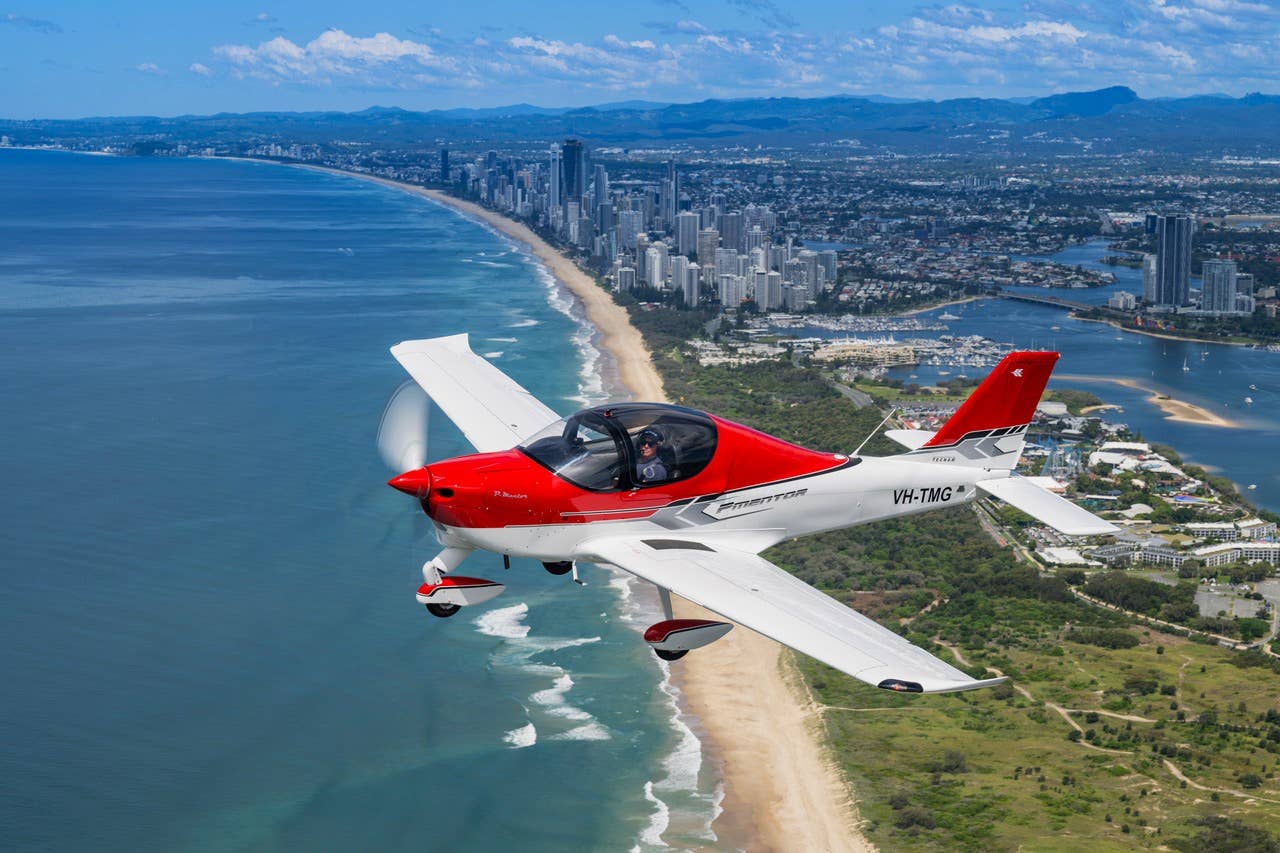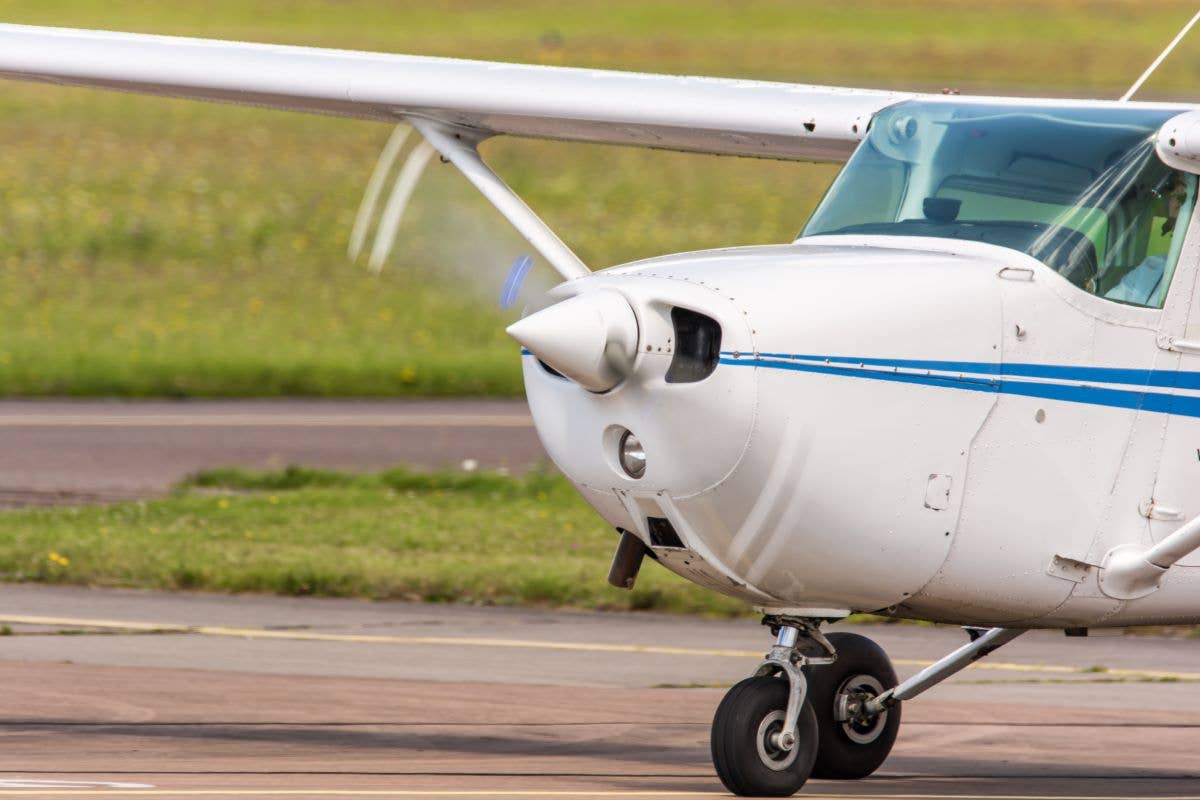
** Runway accidents are a leading cause of
airline and bizjet fatalities. Efforts by the
FAA, ICAO, avionics manufacturers and
pilots like us aim to change that fact.**
Over the past several years the FAA has highlighted a few safety concerns designed to stop the most serious mishaps, but the agency has pursued none of these efforts as energetically as it has worked toward putting an end to runway accidents, a focus we applaud.
It’s an effort that, unfortunately, has shown spotty results, in part because, as it turns out, the matter of exactly what airplanes do when they’re close to the ground and how they interact with each other from coming to harm near the ground is much more complex than most pilots ever would have imagined.
Consequently, the efforts directed toward putting an end to these deadly mishaps have by necessity been many-faceted, ranging from pilot education programs to maintenance regulation. There is almost no part of the safety spectrum that is not involved in some way in the runway safety picture.
Even as difficult as it is to make a difference, the reason for the FAA’s continuing commitment to runway safety is clear: Accidents on or near the ground are bad news.
Worst Accident
As most pilots know, the most deadly accident in the history of aviation was caused by a runway incursion. It was the collision on a fog-shrouded runway between two heavily loaded 747s, one operated by KLM and the other by Pan Am, on the ground at Tenerife in March 1977, killing a total of 583 people in the two airplanes. After a bombing closed the airport at Las Palmas in the Canary Islands, the two airplanes' original destination, the smaller Tenerife airport, Los Rodeos, was overrun by the diverted airliners; a lack of ramp space required them to be parked on the parallel taxiway, forcing other airplanes to back-taxi for takeoff.
By the time the airport at Las Palmas was reopened, fog had moved in at Tenerife, and all the pieces were in place for the deadly collision between the KLM flight taking off and the Pan Am 747, which, while back-taxiing up the same single runway as the KLM aircraft was now departing from, spotted the jetliner as it approached but too late to be able to fully clear the runway before the KLM giant smashed into it at 140 knots. It was an unimaginably horrible scene.
Without going into great detail — there have been books written about the disaster — there were so many causal factors with the Tenerife crash (the fog, the closed taxiway, the delay, the poor communication among the controllers and the pilots, and the lack of appropriate procedures to address such an unusual set of circumstances) that disaster seemed inevitable. The tragic collision prompted changes in communications and taxi procedures, among others, but, as is always the case with such corrective actions, such remedies were all too late for the victims of that crash.
The fact is that runway accidents, because they often involve collisions with other airplanes at very high speeds or high-speed diversions, exact a terri-
ble toll, as we saw most dramatically at Tenerife.
Dangerous Ground
In the world of air transport, fatal accidents are rare in general, but a high percentage of those that still occur are runway accidents. In recent memory there have been a number of high-profile, multiple-fatality accidents:
• The Air France Concorde crash, in July 2000, which happened shortly after the supersonic airliner hit debris on the runway while on its takeoff roll, then caught fire and crashed shortly thereafter, killing 113.
• The October 2001 collision in Milan, Italy, between a Cessna CJ2 and an MD-87 after the Cessna mistakenly taxied onto the runway where the passenger jet was taking off. A total of 118 people died in the disaster.
• The crash of a Comair Canadair regional jet at Lexington, Kentucky, in August 2006 after the crew mistakenly tried to take off on a too-short runway, mistaking it for the longer, active runway from which they were supposed to depart. Fifty people perished in the crash.
• The takeoff accident involving a Learjet 60 in Columbia, South Carolina, in September 2008, which killed four after multiple tire blowouts at high speed on the takeoff roll.
Sadly, the list could go on, but just from these few tragedies, the point is clear: Accidents on or near the ground kill, and they take many forms. Maddeningly, they also are exceedingly difficult to prevent.
Commitment
The FAA is doing its best to stop runway accidents, as are avionics and app makers. The FAA has brought the term "runway incursion" into the popular lexicon and has spent millions on educating pilots about the dangers inherent in straying onto an active runway by mistake. It has invested millions more in new signage and taxiway markings, working to make help pilots recognize when their airplane taxiing is approaching a runway intersection. Thanks in large part to the great work of the FAA, runway safety is something pilots think about in a very different way than they did a few decades ago. We've also got the tools to help us out.
Some of those new tools are subtle but surprisingly helpful, such as the increasingly common dashed lines leading up to the runway. Another great bit of information is the FAA’s identification of surface area “hot spots,” places where, because of the layout of the runways and taxiways, incursions are more likely to happen.
The FAA is utilizing a number of radar-based air traffic strategies on the ground to keep better track of traffic and is even rolling out ADS-B ground services. The FAA has changed terminology in some cases. Pilots must repeat “hold short” clearances, and there are new, more restrictive and conservative approaches to taxi clearances, including beginning with the assumption that pilots are not cleared to cross a runway unless they are explicitly cleared to cross it, as well as stricter rules about when controllers can clear an airplane onto a runway or to land.
Perhaps the biggest improvement to runway safety has come in the form of better situational awareness through moving maps for those airplanes still on the ground and even greater tools from panel-mount utilities, including Honeywell’s remarkable RAAS runway safety tool. Arguably the greatest advance here has been the widespread adoption of the iPad in the cockpits of airplanes small and large. With a geo-referenced airport diagram — every major app developer has these available — and an icon of the airplane, it’s easier than ever to get the lay of the land when it’s time to transition to ground movements.
More Help Needed
When I was a new pilot, one of the toughest things for me to come to terms with was how hard it was to find my way around the airport — that is, after I'd managed in the days before GPS to have found the airport itself and somehow landed safely. Before the days of good signage, the skills that went into finding your way from taxiway to ramp, often while crossing runways along the way, were arcane to the point of being a black art. The end result, predictably, was that instructors talked very little in primary training (or during any other training event, for that matter) about how one navigates on the surface.
This state of affairs perpetuates a culture of nonchalance (or resignation) about ground operations, and not only among pilots but among controllers too. If I had a nickel for every time a controller got gruff with me for slowing down when I was approaching an intersection at an unfamiliar airport or for snapping at me when I asked for clarification, well, I’d have a bunch of nickels. The unintended message those controllers are sending me, and other pilots on frequency at that moment, is that if we don’t know where we’re going, it’s not their problem. It’s the wrong message to be sending for all the reasons I’ve enumerated already.
We need to change the way we think about operating on the airport surface. We need to write down taxi clearances, have charts or moving maps at the ready, and ask questions if we’re unclear about where to go or whether we’ve been cleared to cross a runway, to take off or, on the other end of the flight, to land. When in doubt, stop your taxi and ask. Be professional and vigilant in the conduct of the ground portion of the flight as you are while flying an ILS.
It might not take a village to find one’s way along the surface of a complicated airport taxiway/runway/ramp system, but being part of a crew apparently helps. Although crewed airplanes are not immune to committing runway incursions, single-pilots are far more likely to accidentally find their way onto a runway they haven’t been cleared to enter than a professional crew is. At Chicago Midway — an airport with a mind-bendingly complicated layout of runways and taxiways, many of which do not cross each other at right angles — there has been a rash of runway incursions lately. There were a total of three in the past year, more than the previous four years combined, and every one of the latest infractions was committed by a pilot of a transient light GA airplane. If these numbers sound small, think again. All it takes is one moment’s inattention, one bit of wishful thinking, one misunderstanding between you and the controller, to lead to a mistake that could lead to a request for you to call the tower — or, if worse comes to worst, something far more tragic than that.

Sign-up for newsletters & special offers!
Get the latest FLYING stories & special offers delivered directly to your inbox






